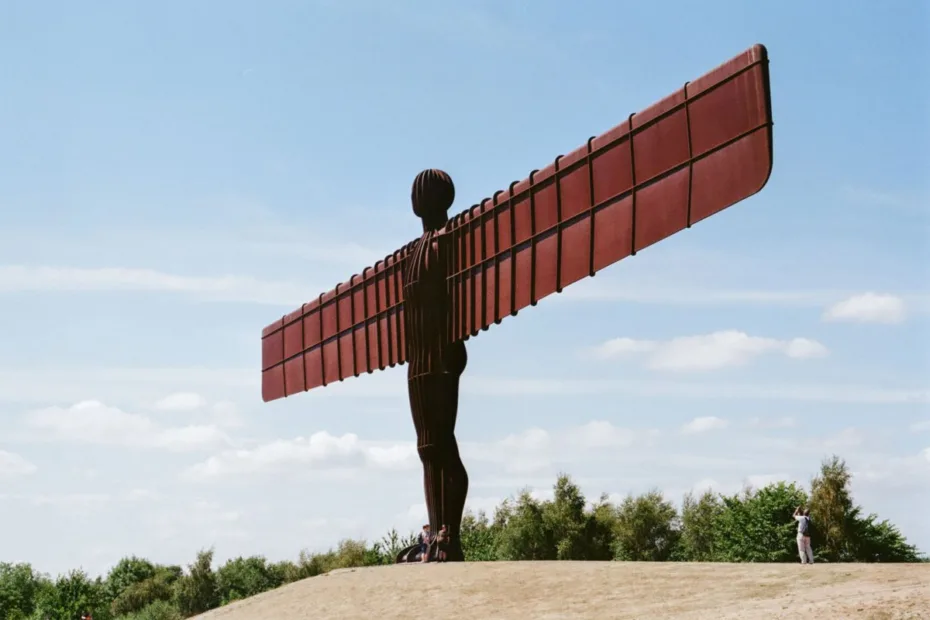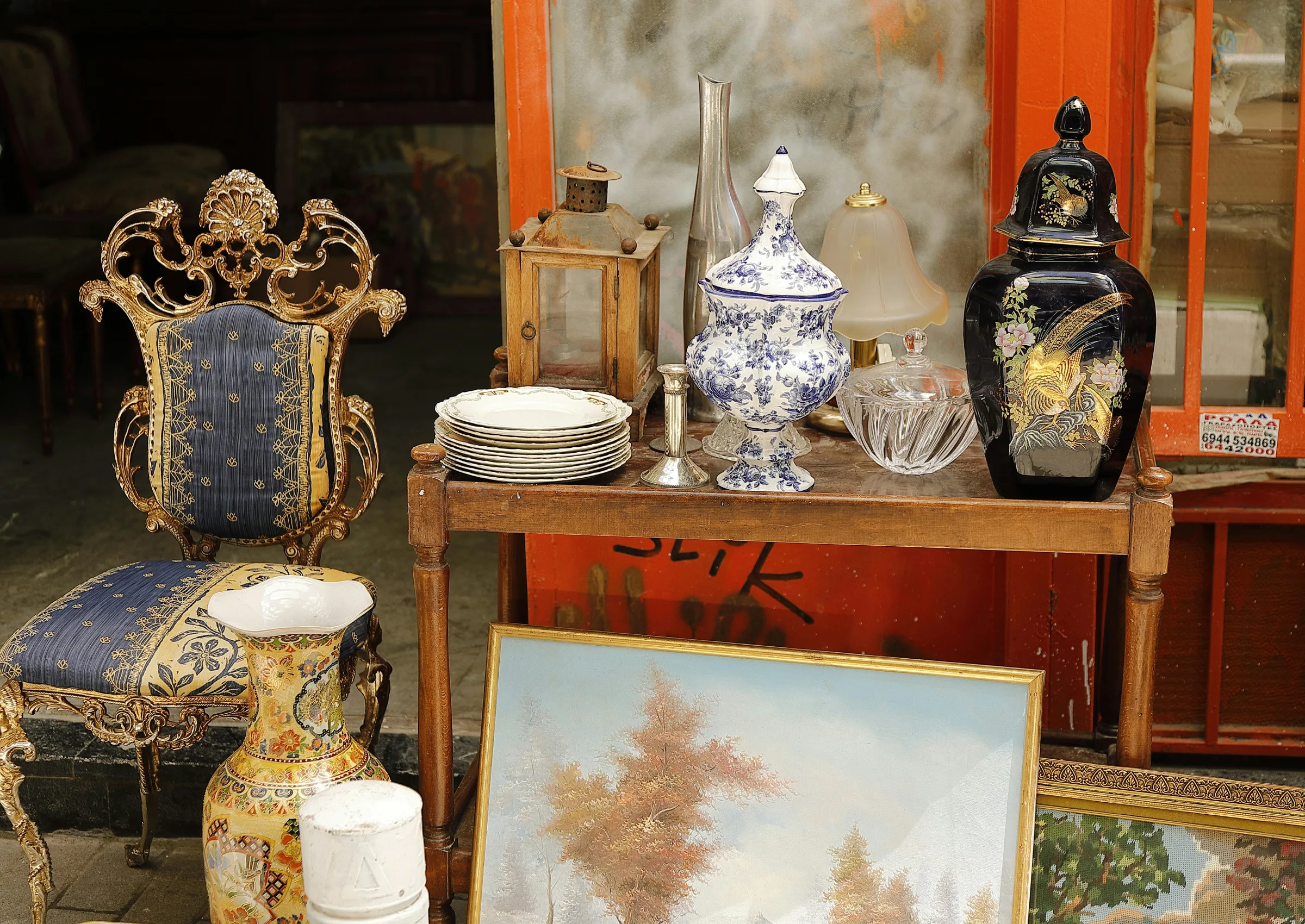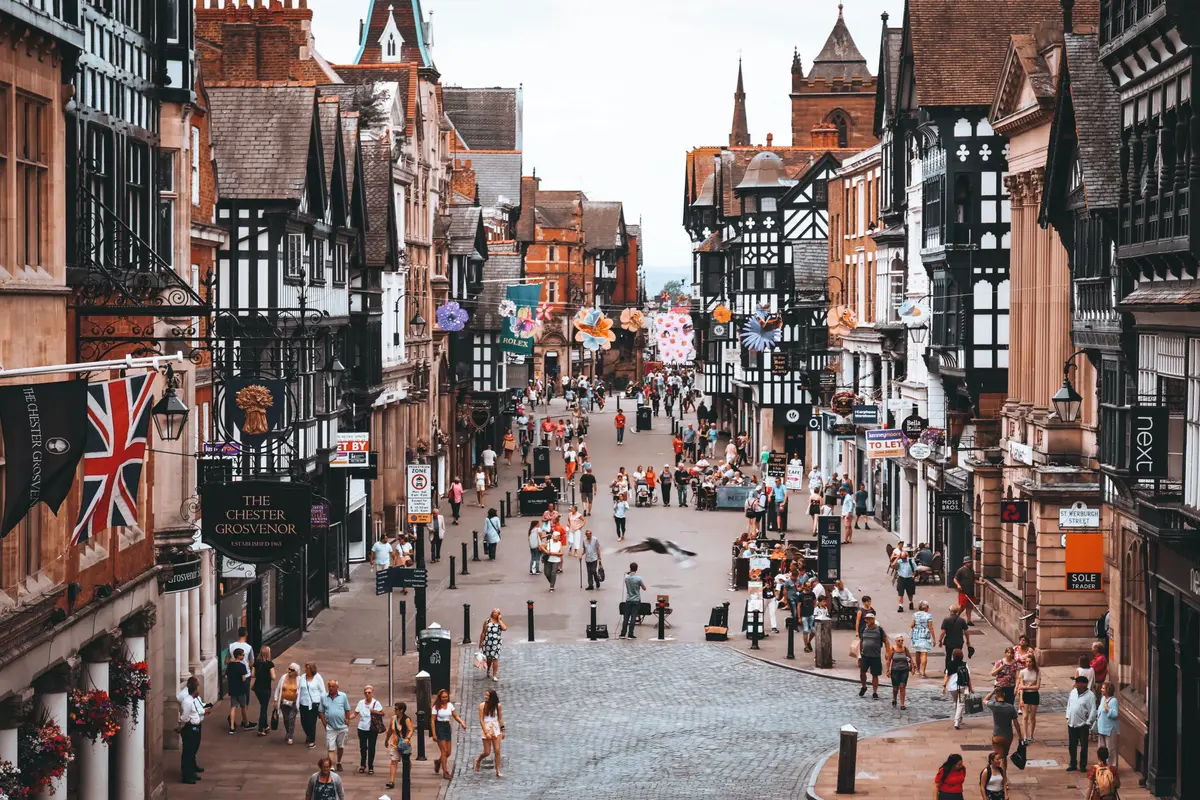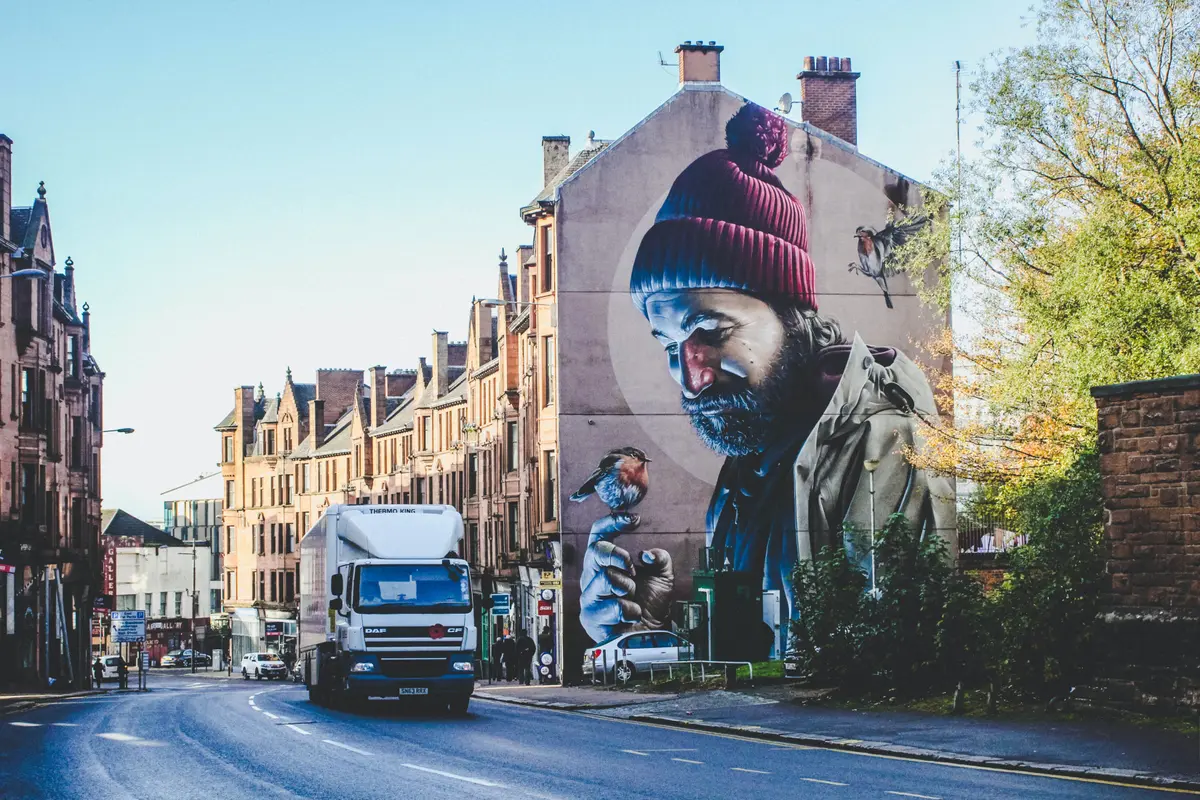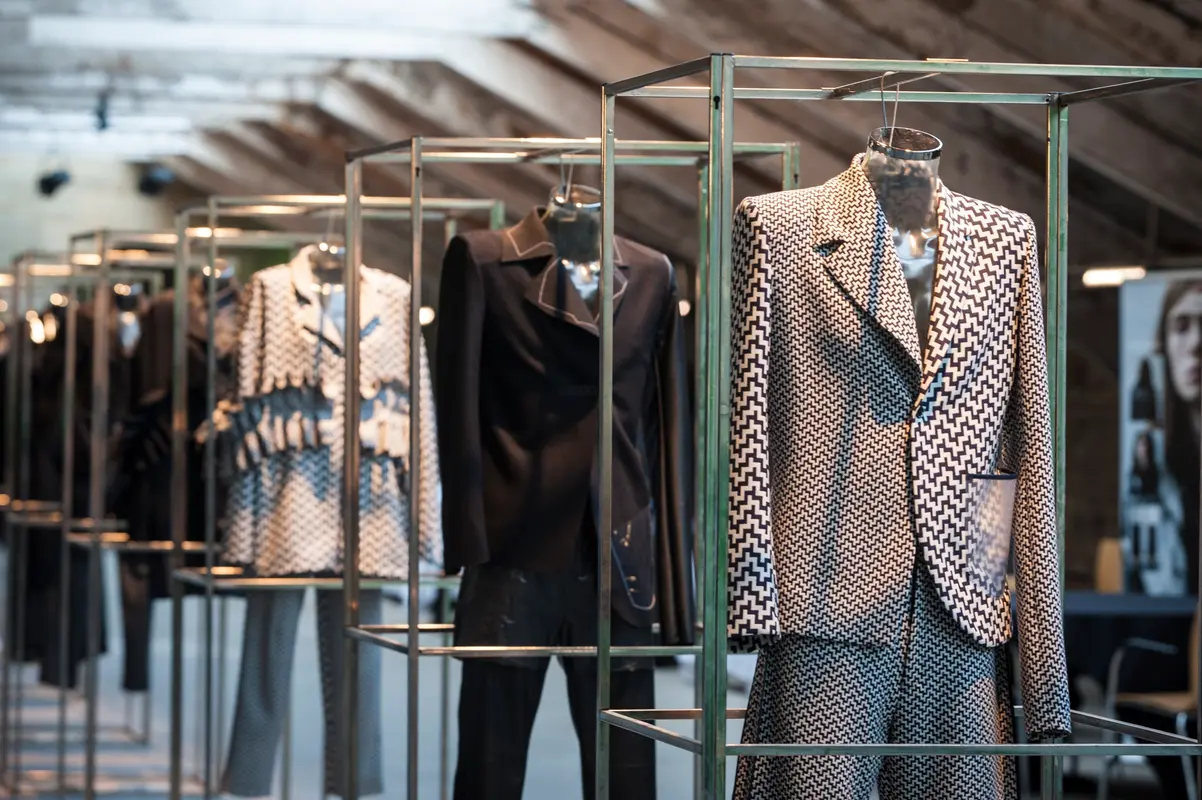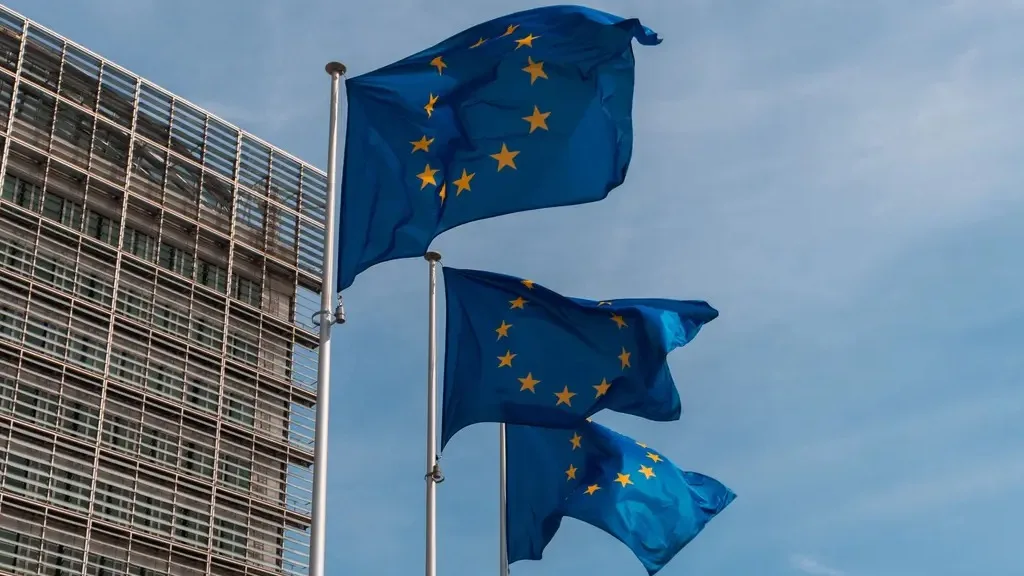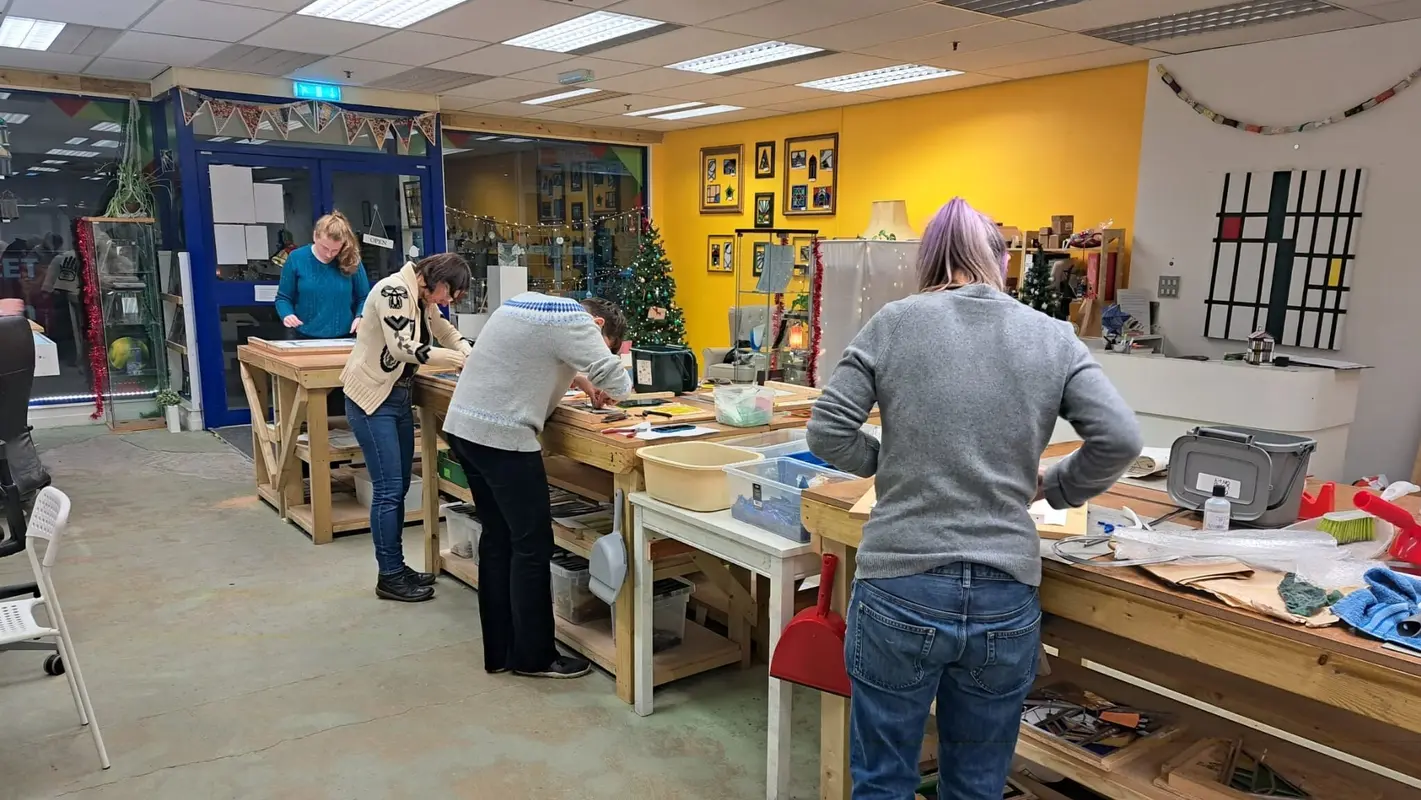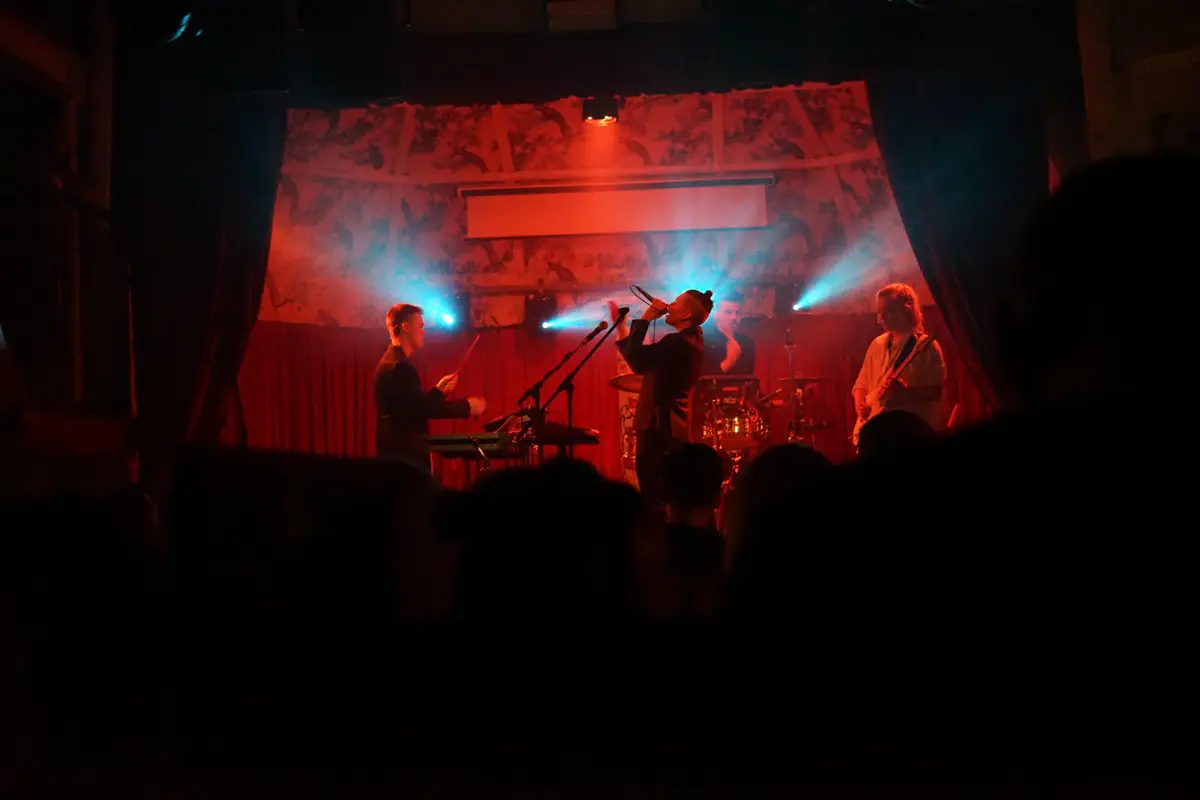Using official Department for Digital, Culture, Media and Sport (DCMS) Economic Estimates, this Discussion Paper examines the distribution and growth of the Creative Industries in the UK at the regional level.
The analysis shows the extent to which London and, to a lesser extent, the South East dominate the creative industries in the UK. Not only are the creative industries larger in London and the South East, they have also been growing faster in these regions than in the rest of the UK.
Furthermore, London and the South East dominate economic output from the creative industries considerably more than they dominate employment in these industries. This implies that labour productivity in the creative industries is substantially higher in London and, to a lesser extent, the South East than in the rest of the UK. Indeed, in some sub-sectors and regions the implied labour productivity of creative industry workers is strikingly low.
The government is committed to ‘narrowing the gap’ between the London and the South East, both in relation to the creative industries and the economy as a whole. The policy challenge can be summarised as how to maintain growth in London and the South East while ensuring the rest of the country catches up. This implies that the creative industries need to grow faster in the rest of the UK than in London and the South East and, to be meaningful, ‘catching up’ means not only narrowing the gap in terms of employment, but also in terms of productivity.
The paper discusses the scale of this policy challenge. It demonstrates that if the rest of the UK is to catch up with London and the South East in terms of employment in the creative industries then employment in these industries in the rest of the UK would have to grow at five times its current rate for the next twenty years. And furthermore for convergence in productivity to occur, labour productivity growth would have to increase very substantially and remain very high for twenty years.
While such convergence is not impossible, it will require substantial and long term commitments. While welcome, the paper is doubtful that the current approach based on “creative clusters” will be up to the task.
Read more in the blog from Professor Bruce Tether, Research Director of the PEC and Professor of Innovation Management and Strategy at the Alliance Manchester Business School, University of Manchester.
Please reference this paper as:
Tether, B (2019) Mind the gap: Regional inequality in the UK’s creative industries. London: Creative Industries Policy and Evidence Centre and the University of Manchester. Available from: https://www.pec.ac.uk/assets/publications/PEC-Discussion-Paper-1-Regional-Inequalities-October-2019-FINAL.pdf
Published 8th October 2019
Photo by Anthony Winter, taken of Angel of the North in Gateshead, England.
Related Discussion Papers
Regional Trade Agreements, Cultural Provisions and Trade in Cultural Goods
Analysing the impact of Regional Trade Agreements on the bilateral trade of cultural goods from 1999…
International Trade Challenges and the Effectiveness of Support Measures for the UK’s Creative Industries
The formidable challenges confronting the UK’s creative industries in the realm of exports, st…
Northern England’s Creative Industries
The Creative Industries are already a driver of growth across the UK economy. Export-intensive and m…
Creative Destruction? Creative firms, workers and residential gentrification
A new study by Tasos Kitsos, Max Nathan, and Diana Gutierrez-Posada finds only a minor influence of …
Speaking with One Voice
A fundamental remit of the BBC, and other public service broadcasters (PSBs) like ITV and Channel 4,…
Transitioning to Sustainable Production across the UK Theatre Sector
This discussion paper examines transitional pathways to sustainable theatre production in the UK. By…
Identifying and analysing UK fashion micro-clusters
The UK’s Fashion and Textiles industry contributed almost £20 billion to the UK economy in 202…
Net Zero as a catalyst in fashion micro and small enterprises
This report identifies examples of work taking place across three levels of change – social, e…
The Motives of Inbound Foreign Direct Investors in the UK Creative Industries
The UK’s creative industries have a global reach. British arts, technology, and design are internati…
Brexit uncertainty and international trade in services: Evidence from the UK creative industries 2014-2019
This discussion paper is based on one of the first studies to look at the impact of Brexit on the Cr…
Working Together – Cooperatives as a creative industry business model
This authors looks at how creative workers and students typically understand cooperatives, explore t…
Building sustainable regional music industry clusters
This report looks at the role the creative industries can play for the Levelling Up agenda, as well …
